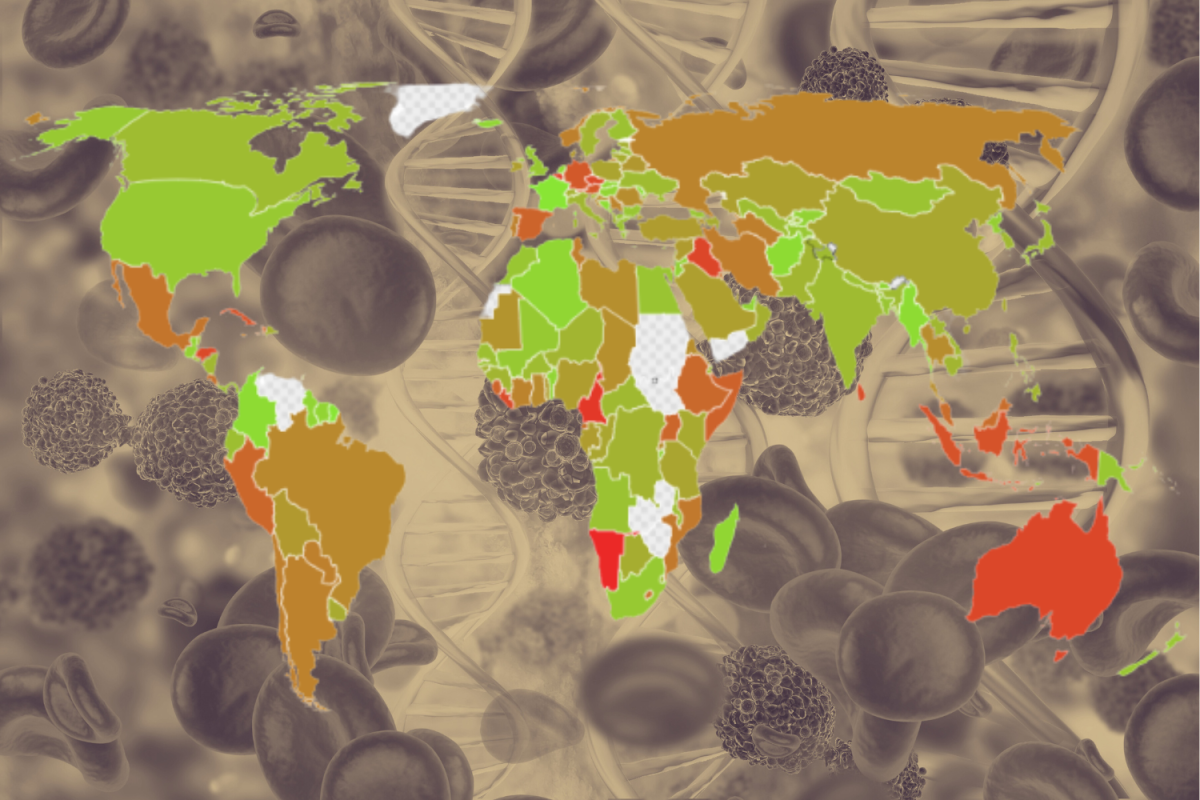
Global cancer diagnoses are expected to rise by more than 60 percent over the next 25 years, with experts warning that population growth and aging will drive unprecedented increases in cases and deaths.
An international study led by the Institute for Health Metrics and Evaluation (IHME) at the University of Washington, published in The Lancet, found that cancer cases worldwide more than doubled between 1990 and 2023, from 9 million to 18.5 million.
Cancer deaths also rose, from around 6 million to 10.4 million. By 2050, cases are projected to reach 30.5 million and deaths 18.6 million.
While the risk of dying from cancer has fallen overall—the age-standardized global cancer mortality rate dropped between 1990 and 2023—progress has been uneven. Wealthier countries have seen the sharpest improvements, while many low- and middle-income nations are facing rising rates as well as growing numbers of cases.
“An awareness of the growing cancer burden is important so that healthcare systems can prepare for how best to meet the need,” Lisa Force, assistant professor at IHME, told Newsweek. “This progress is not occurring quickly enough to meet the United Nations target of cutting premature deaths from non-communicable diseases, including cancer, by one third by 2030.”
Despite a poor outlook globally, in the U.S. things have been more positive. The study found that the age-standardized incidence rate in the U.S. fell from 428 cases per 100,000 people in 1990 to 342 in 2023, while the mortality rate dropped by nearly a third, from 169 deaths per 100,000 to 114.
These rates do vary across the U.S., though. A Newsweek analysis of CDC data found profound geographic differences in cancer diagnosis across the country. Maine tops the list with around 650 cancer cases per 100,000 people in 2021.
Tobacco remains the leading preventable cause of cancer deaths globally, accounting for one in five.
Other risk factors include air pollution, alcohol, unhealthy diets and high blood sugar. Researchers warn that without stronger efforts to cut these exposures, and to expand screening and treatment, the world will fall short of controlling the disease.
From 2010 to 2019, the incidence of 14 cancer types rose among Americans under age 50, including breast, colorectal, kidney and uterine cancers. Researchers warn that these “early-onset” cancers may be underdiagnosed, as symptoms are often ignored until late stages.
When it comes to reversing the predicted trend of rising cancer rates, Force said a multifaceted approach will be essential.
“Each country will have unique challenges,” she said. “But well-functioning health systems, from prevention and screening to treatment and palliative care or survivorship, will be essential. Cutting exposure to known risks such as alcohol, air pollution, an unhealthy diet and tobacco must also be part of national cancer control plans that reflect local needs. Expanding cancer surveillance, boosting funding and making timely diagnosis and quality treatment accessible will all be critical.”



